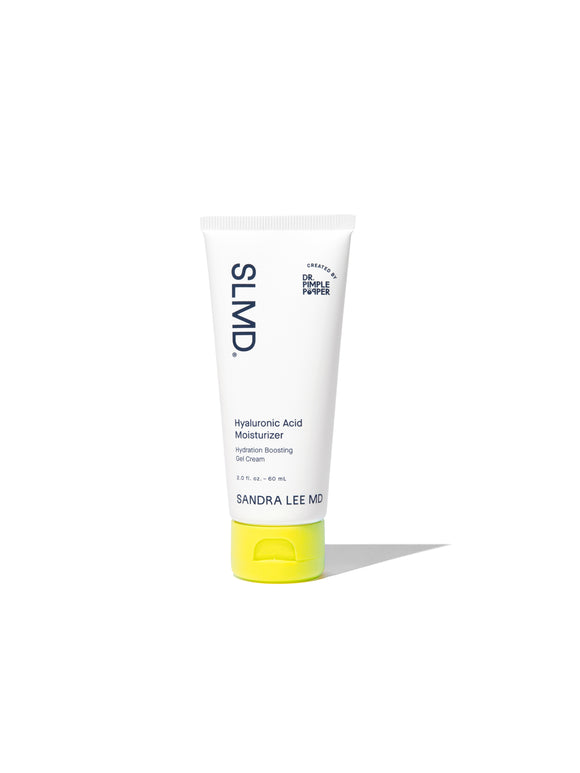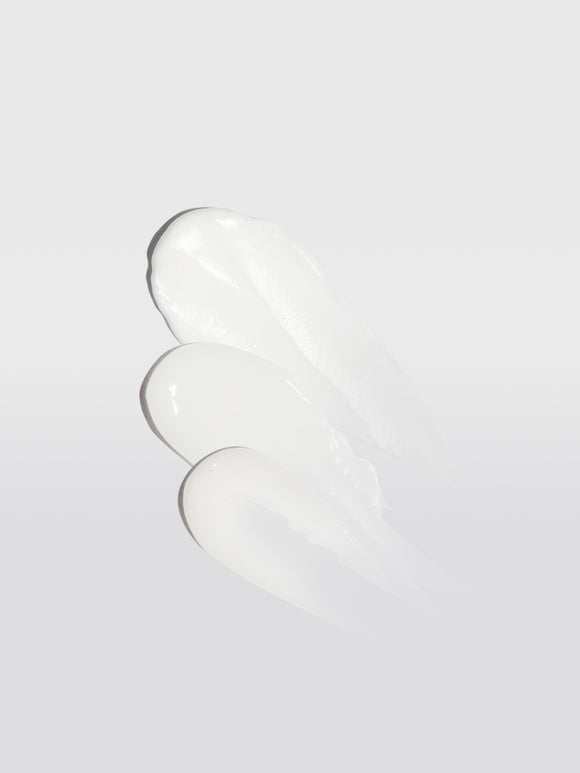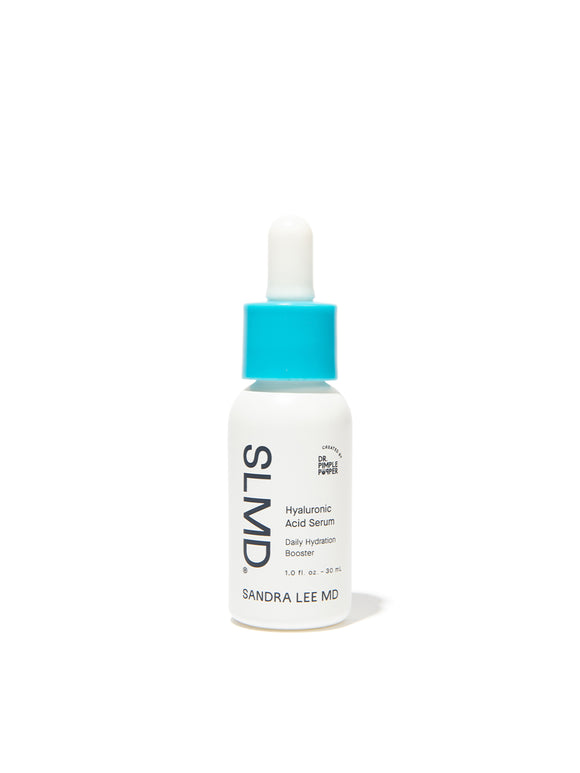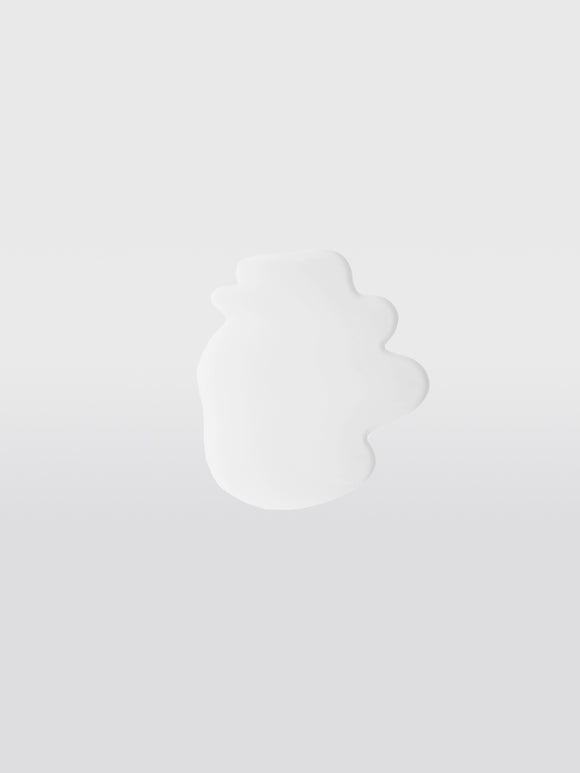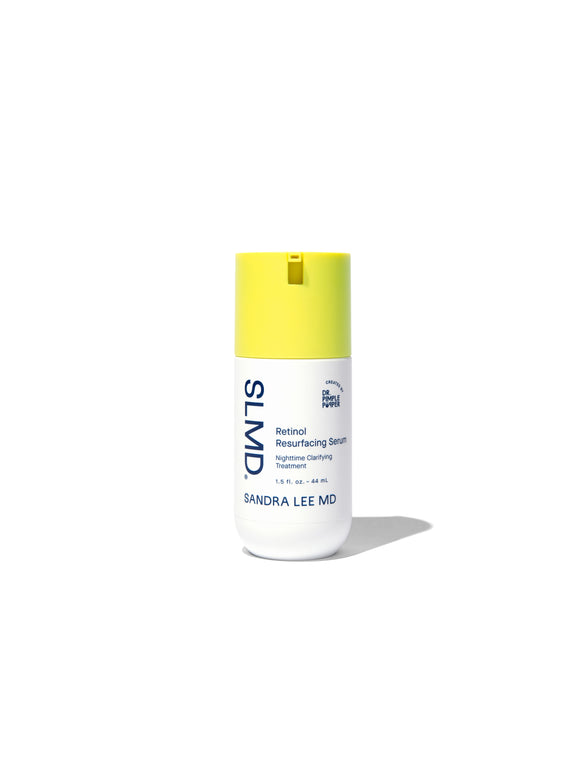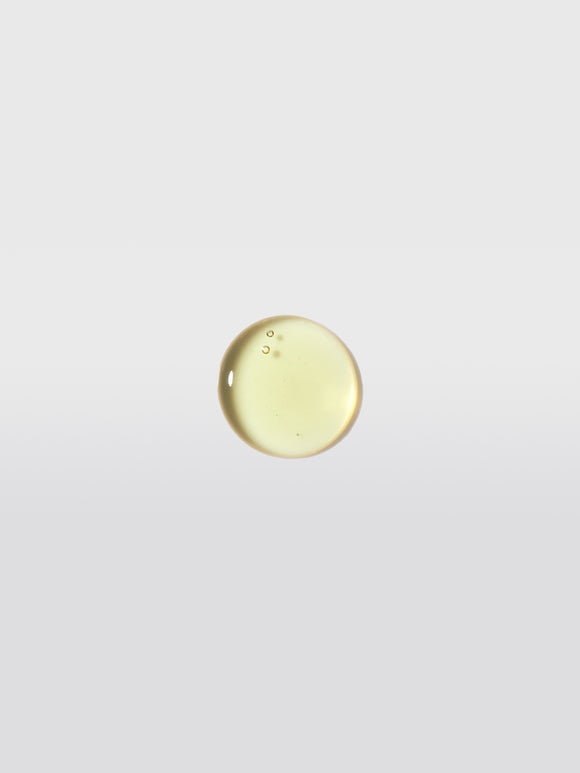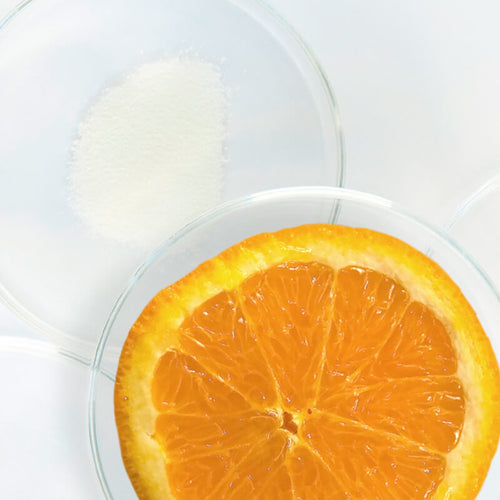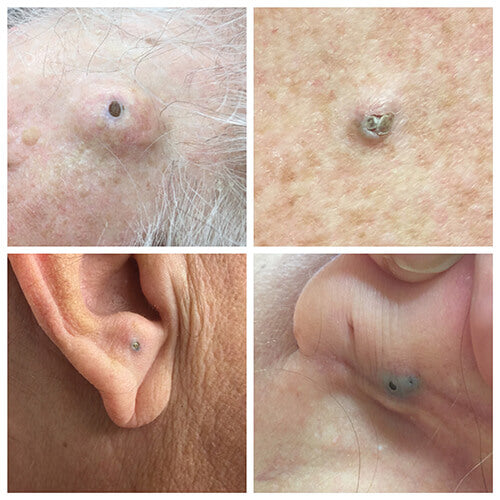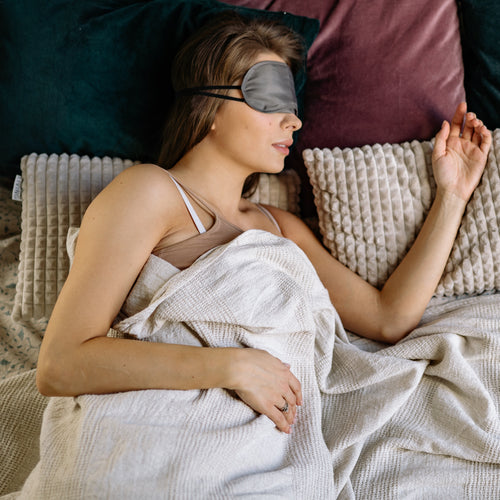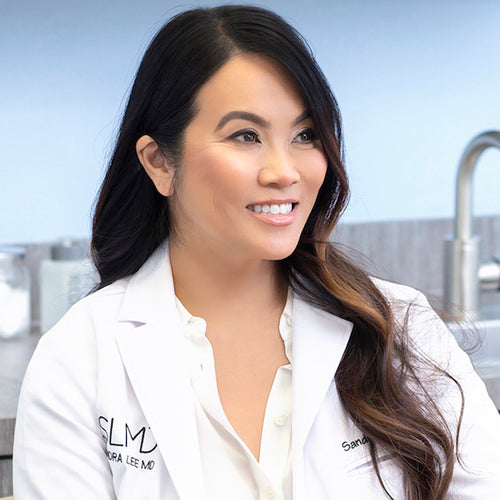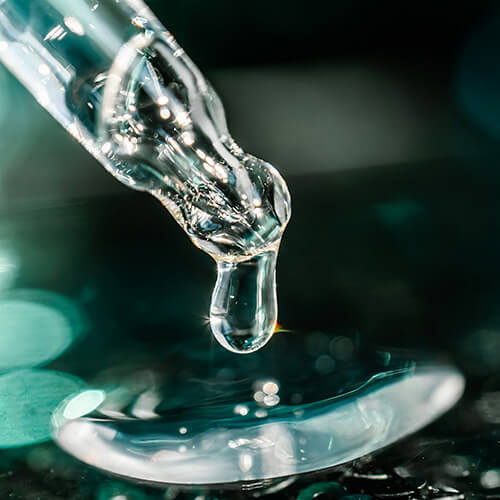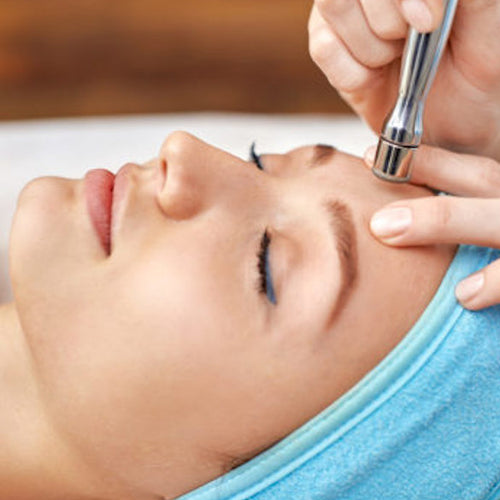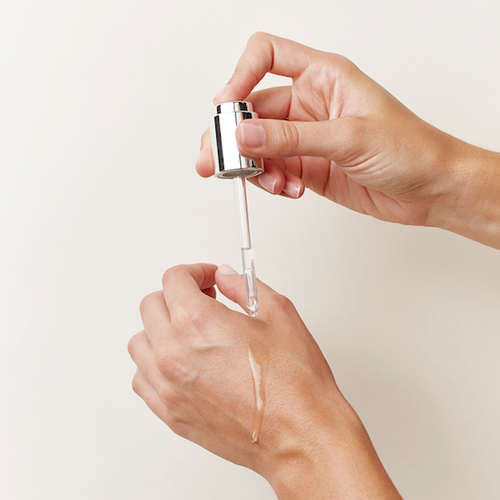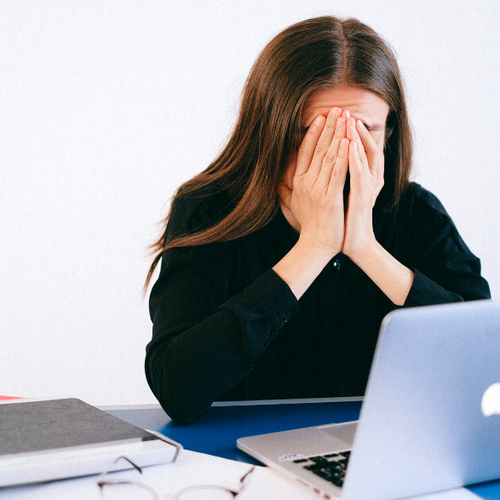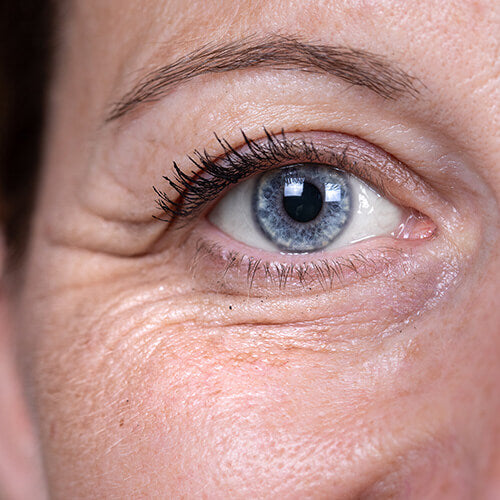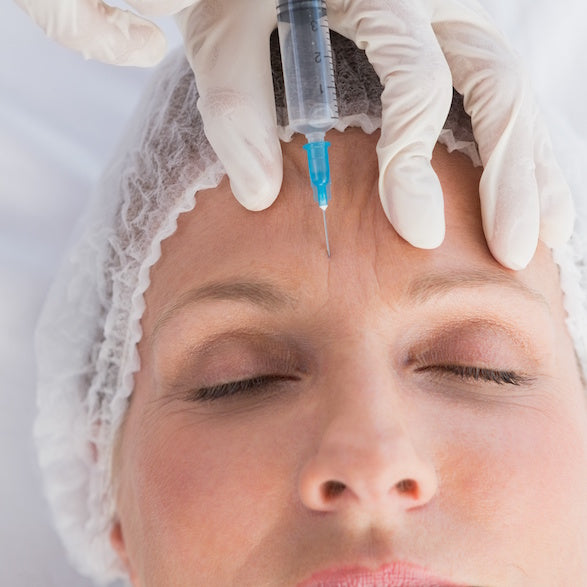
Botox vs. Fillers: What’s the Difference?
Dr. Pimple Popper explains everything you need to know about these two types of anti-aging injectables.
Published:
5 minute read
Even though Botox and fillers have been around for decades, exactly how these age-fighters work — and what concerns they address — remains a bit of a mystery for many. The key, says dermatologist and SLMD Skincare founder Sandra Lee, MD (aka Dr. Pimple Popper), is to first understand the underlying process of skin aging. Here, we explain the basics, and delve into the difference between Botox and fillers.
Article Quick Links
What happens to skin as we age?
We’ve covered this in depth here, but let’s review. The natural aging process (aka intrinsic aging) brings many changes to our skin and facial structure. Collagen and elastin, proteins that give our skin its youthful firmness and elasticity, begin to break down. This results in wrinkles and sagging.
At the same time, our faces lose fat, particularly around the cheeks, temples, chin, nose, and eyes, leading to a more hollowed, tired appearance. Other extrinsic factors like sun exposure and lifestyle choices (smoking, lack of skincare) contribute to this natural aging process.
Psst: Concerned about aging? Preventative skincare goes a long way.
Dr. Pimple Popper's Anti-Aging Picks
How does Botox work?
Botox, a brand name for a purified form of botulinum toxin, works by blocking the transmission of nerve signals to the muscles where it is injected. By inhibiting the release of an enzyme, Botox effectively paralyzes the targeted muscles, reducing their movement. This relaxation of the muscles prevents the formation or deepening of wrinkles.
What does Botox treat?
Botox primarily addresses dynamic wrinkles — those formed by repetitive facial movements and expressions. It's particularly effective for smoothing frown lines between the eyebrows (aka “11s” or glabellar lines), crow's feet around the eyes, and horizontal forehead creases.
Botox is also used for more than just wrinkle reduction. Medical applications include treatment for:
- Excessive sweating (hyperhidrosis)
- Migraine headaches
- Blepharospasm (eyelid spasms)
- Cervical dystonia (a painful condition where neck muscles contract involuntarily)
How long does Botox last?
The effects of Botox are temporary, typically lasting between 3 to 6 months. The duration can vary based on factors like the treated area, dosage, muscle strength, and your body's metabolic rate. As your body metabolizes the botulinum toxin, muscle activity gradually returns, and wrinkles reappear.
Are there different brands of Botox?
There are several different botulinum toxin products on the market now. Here’s a roundup.
- Botox® (OnabotulinumtoxinA): The original and most well-known brand, used for both cosmetic and medical purposes.
- Dysport® (AbobotulinumtoxinA): Similar to Botox but tends to spread a bit more, making it a good choice for larger areas like the forehead.
- Xeomin® (IncobotulinumtoxinA): Doesn't contain the protein additives found in Botox and Dysport, which is helpful for people who develop antibodies to other neurotoxins.
- Jeuveau® (PrabotulinumtoxinA): The newest on the market, similar to Botox and often marketed specifically for cosmetic use.
What are the risks or side effects of Botox?
Botox injections are generally safe when performed by a qualified healthcare provider. However, they can have side effects and risks. Common side effects include pain, swelling, or bruising at the injection site. When forehead Botox spreads, it can cause temporary eyelid drooping.
More rare but serious side effects can include muscle weakness, vision problems, trouble speaking or swallowing, and breathing difficulties if the toxin spreads beyond the treatment area. It’s important to seek out a highly trained professional to minimize any risks. It’s worth noting that Botox is not recommended for pregnant or breastfeeding women or individuals with certain neurological diseases.
How do fillers work?
Fillers, particularly those based on hyaluronic acid, work by adding volume beneath the skin's surface. Hyaluronic acid is a naturally occurring substance in the skin that helps retain moisture and adds volume. When injected, fillers plump up the skin, smoothing out wrinkles and folds. They can also be used to contour and enhance facial features, such as the cheeks, lips, and jawline. Some fillers stimulate the body's production of collagen, providing longer-lasting skin rejuvenation.
How long do fillers last?
The duration of fillers varies significantly, depending on the type of filler, the area treated, and individual factors like your metabolism and lifestyle. Hyaluronic acid fillers generally last between 6 months to 2 years. There are some more robust fillers, designed for deeper injections or areas of the face with less movement, that can last even longer. Regular maintenance treatments are often needed for sustained results.
What are the different types of fillers?
There are a variety of different filler formulations used by cosmetic dermatologists and plastic surgeons. Here are the most common.
- Hyaluronic Acid Fillers
- Juvederm®: Known for its smooth consistency, includes a wide range of products for treating fine lines to deep volume enhancement.
- Restylane®: A bit firmer, suitable for deeper lines and volume replacement in a variety of areas like lips and under-eyes.
- Belotero®: Known for integrating well with the skin, making it a good choice for very fine lines and detailed contouring.
- Calcium Hydroxylapatite (Radiesse®): Stimulates natural collagen production and is good for deeper lines and volume enhancement.
- Poly-L-Lactic Acid (Sculptra®): Stimulates the body's own collagen production and is designed for gradual improvement in skin texture and volume.
- Polymethylmethacrylate (Bellafill®): A semi-permanent filler used for deep wrinkles like nasolabial folds. It includes collagen and provides support for the skin.
What are the risks/side effects of fillers?
Like any cosmetic procedure, dermal fillers come with potential risks and side effects. Common side effects include redness, swelling, pain, and bruising at the injection sites. These usually resolve within a few days.
More severe complications, though rare, can include allergic reactions, infection, and filler migration (movement of the filler to another area). There's also a risk of accidental injection into a blood vessel, which can lead to skin necrosis (tissue death), vision abnormalities, or even blindness. This is why it's crucial to have fillers injected by an experienced and certified healthcare professional who understands facial anatomy and can take appropriate precautions to minimize risks. Fillers are generally not recommended for anyone pregnant or breastfeeding, or individuals with certain allergies, skin infections, or bleeding disorders.

Dr. Lee's Last Word
People tend to use the terms Botox and filler interchangeably but they’re actually two very different types of injectables that we dermatologists have in our toolbox. They don’t stop the clock, but they can really help restore a more youthful look when applied skillfully.





